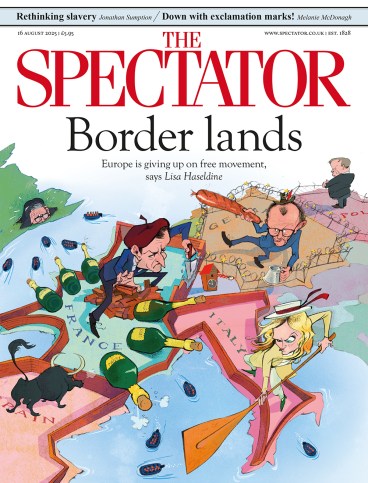
Cue track seven of Frank Sinatra’s 1957 album Only the Lonely and you can hear Ol’ Blue Eyes pretending to be a train. It’s not that he’s a railway enthusiast (though Sinatra, like many musicians, was an enthusiastic collector of model trains). No, it’s written into the words and music of Harold Arlen and Johnny Mercer’s song ‘Blues in the Night’: ‘Now the rain’s a-fallin’, hear the train a-callin’ “whoo-ee”.’ And so Sinatra sings it, just as Ella Fitzgerald, Peggy Lee and Louis Armstrong sang it. It’s an American classic, defined by the sounds that permeate the soul of American popular music: the sounds of the railway.
Two hundred years since the world’s first public train rattled from Shildon to Stockton on 27 September 1825, it’s difficult to think of an invention between the printing press and the internet that has had as profound a cultural impact as the railway. It’s not merely a question of economics or logistics. Or even the fact that until the first railway timetables, different parts of the British Isles operated in different time zones. (Ireland adopted Greenwich Mean Time only after the opening of the line to Holyhead in 1848. A watch was set each morning at the Admiralty in London, and dispatched to Dublin by express train and packet boat.)
It’s the way that railways have sunk into our collective consciousness, defining modern culture in ways so pervasive that we don’t always recognise their presence. True, some are more obvious than others. The sound of a train is intrinsically musical and like all music, it’s shaped by its environment. Listen, if you can, to the whistle of a British steam locomotive like the Flying Scotsman: a piercing shriek, designed to cut through the hubbub of a crowded island. North American steam locos sounded different. Their chime whistles were typically lower pitched and had two or three notes. The result? A long, deep wail on a plangent minor chord.
Add the clatter of steel wheels on jointed track and you have the essence of rhythm and blues, with all its derivatives and tributaries. It’s the sound of wide horizons, Depression-era wanderings and dreams of freedom. Trains chug, rattle and moan through the American songbook, from Bessie Smith’s ‘Dixie Flyer Blues’ to Duke Ellington’s ‘Daybreak Express’, Steve Reich’s Different Trains and Aerosmith’s ‘Train Kept a Rollin’. You’ll even hear one in the theme tune to The Simpsons.
That’s no surprise. Railroads built the USA and conquered the West: Manifest Destiny made tangible in fire and steel. Emily Dickinson and Walt Whitman both hymned early steam locomotives. ‘Type of the modern – emblem of motion and power – pulse of the continent,’ exulted Whitman in ‘To a Locomotive in Winter’. As late as 1957, Ayn Rand saw America’s railroads as the nervous system of a libertarian utopia. Rand’s descriptions of throbbing diesels provide the only authentic erotic charge in the pages of Atlas Shrugged.
Trains chug, rattle and moan through the American songbook
So engineers and hoboes became folk heroes, slaves escaped to the North via the Underground Railroad, and the names of railroad companies – the Wabash; the Rock Island; the Atchison, Topeka and Santa Fe – entered the lexicon of song. ‘Trains are percussive. Trains sing. If you don’t like trains you probably don’t like music either,’ said Peggy Seeger, and the music historian Spencer Vignes has catalogued more than 200 jazz, rock and folk songs inspired by railways, a list that barely scratches the surface.
Even in the Old World, railways generated poetry, at least for those inclined to hear it. The first railway in Germany opened in 1835, but with Faustian prescience Johann Wolfgang von Goethe kept a souvenir model of Stephenson’s Rocket on his desk until his death in 1832. In Britain the elderly Wordsworth thundered in verse against the building of the Windermere railway: the original nimby, initiating a very British ambivalence about rail development that persists to this day. Bat tunnels aren’t the half of it. Opponents argued that Brunel’s Great Western Railway would cause cows to miscarry, and Turner painted an apocalyptic vision of violated countryside in ‘Rain, Steam and Speed’(1844).
Yet within a century this disruptive new technology had become the essence of eternal England; the lyrical, nostalgic stuff of Edward Thomas’s ‘Adlestrop’ and John Betjeman’s Metro-Land. Every modern heritage attraction and repurposed Victorian gasholder can credit its survival to the evening in October 1950 when a group of British hobbyists decided to see whether, through sheer enthusiasm, they could somehow rescue and run the tiny, decrepit Talyllyn Railway in mid-Wales. Its beauty was its own justification, though Britons are far from alone in idealising their railway heritage. In Matsuyama, Japan, a replica narrow-gauge railway recreates the world of Natsume Soseki’s classic novel Botchan.
The culture of railways is international, but it adopts local colouring. ‘All the little stations in the small towns of the old Austro-Hungarian Monarchy looked alike. Yellow and tiny, they resembled lazy cats lying in the snow in winter and under the sun in summer’, wrote Joseph Roth. His elegies to a vanished empire revolve around its provincial railway stations – far-flung outposts of Vienna, where despairing exiles drink brandy in station hotels to the sound of last season’s operetta hits.

In the British Raj, meanwhile, railway stations became the crossroads of a subcontinent, enabling a new national consciousness. John Masters’s end-of-empire novel Bhowani Junction uses a station and its people as a metaphor for a nation in transition, but India had taken imaginative ownership of its railways long before independence, with results that ranged from the culinary (Railway Mutton Curry now appears on menus in the former Imperial power) to the literary. Indian Railways has even renamed a station in Karnataka as ‘Malgudi’ in homage to R.K. Narayan’s beloved fictional town. The distinctive dialect of Sri Lanka’s Dutch Burgher railwaymen animates Carl Muller’s novel Yakada Yaka – named after the gloriously onomatopoeic Sinhalese term for a steam engine, ‘Iron Demon’.
Transport infrastructure can move the emotions, as well as passengers and freight
It’s a similar story all over the world. Aircraft and motor vehicles might have supplanted trains in some (though far from all) regions of the globe, but the railway got there first, and it still dominates our ideas about travel. With their monumental architecture, major city terminuses are powerful statements of civic values – whether the iron-and-glass cathedrals of Paddington and St Pancras, the orientalist fantasy of Mumbai’s Chhatrapati Shivaji or the modernist panache of Rome’s postwar Termini. It would take until 1991, and Norman Foster’s Stansted, before the aviation industry realised what Brunel and Stephenson had understood from the outset: that transport infrastructure can move the emotions, as well as passengers and freight.
So that’s music, literature, architecture, heritage and cuisine; and we’ve hardly left the station. How about the long-distance train as microcosm; a ready-made setting for thrillers like Graham Greene’s Stamboul Train, Agatha Christie’s Murder on the Orient Express and Bong Joon-ho’s dystopian Snowpiercer? Or the railway as promoter of literacy? The world’s first travel bookstall was opened by W.H. Smith at Euston in 1848. Allen Lane created Penguin Books to serve rail travellers, and Kipling wrote his first stories for the Indian Railway Library.
What of railway companies as patrons of art and design, from Raymond Loewy’s art-deco streamliners for the Pennsylvania Railroad to the (now ubiquitous) aesthetic of 1930s travel posters (the Gill Sans typeface went mainstream only after it was adopted by the London and North Eastern Railway)? Or there’s the European connection: the modernist line through Monet and Caillebotte’s studies of light, steam and steel at Paris railway stations (Monet painted the Gare Saint-Lazare on at least 12 occasions) to the vorticists and futurists such as Filippo Marinetti, who imagined an archaic Italy smashed open by speeding locomotives. Trains drift through De Chirico’s dreamscapes, and haunt the steampunk visions of graphic novelist François Schuiten.
So it’s certainly not all about nostalgia: Ernst Krenek’s 1927 opera Jonny Spielt Auf climaxes with a classical violinist being crushed beneath the wheels of an unstoppable jazz train. But sometimes it really is. Between 1955 and 1960, the American photographer O. Winston Link documented the last days of steam on the Norfolk and Western Railway, creating black-and-white images of locomotives that surge and bellow through jet-age America like creatures from prehistory or myth. We’re back where we started, with the (steam-powered) soul of the blues, and the lonely cry of trains in the night. But 200 years into the world the railways made, the trains of our imagination steam onwards. The journey continues, and whether we realise it or not, we’ve all got a ticket to ride.
The S&DR200 international festival, celebrating the 200th anniversary of the first journey on the Stockton and Darlington Railway (S&DR), is taking place across County Durham and the Tees Valley until November. O. Winston Link’s images documenting life along the Norfolk and Western Railway from 1955 to 1960 can be found at the O. Winston Link Museum at 101 Shenandoah Avenue in Roanoke, Virginia (www.roanokehistory.org).
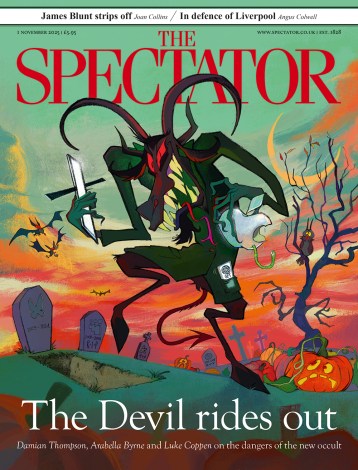

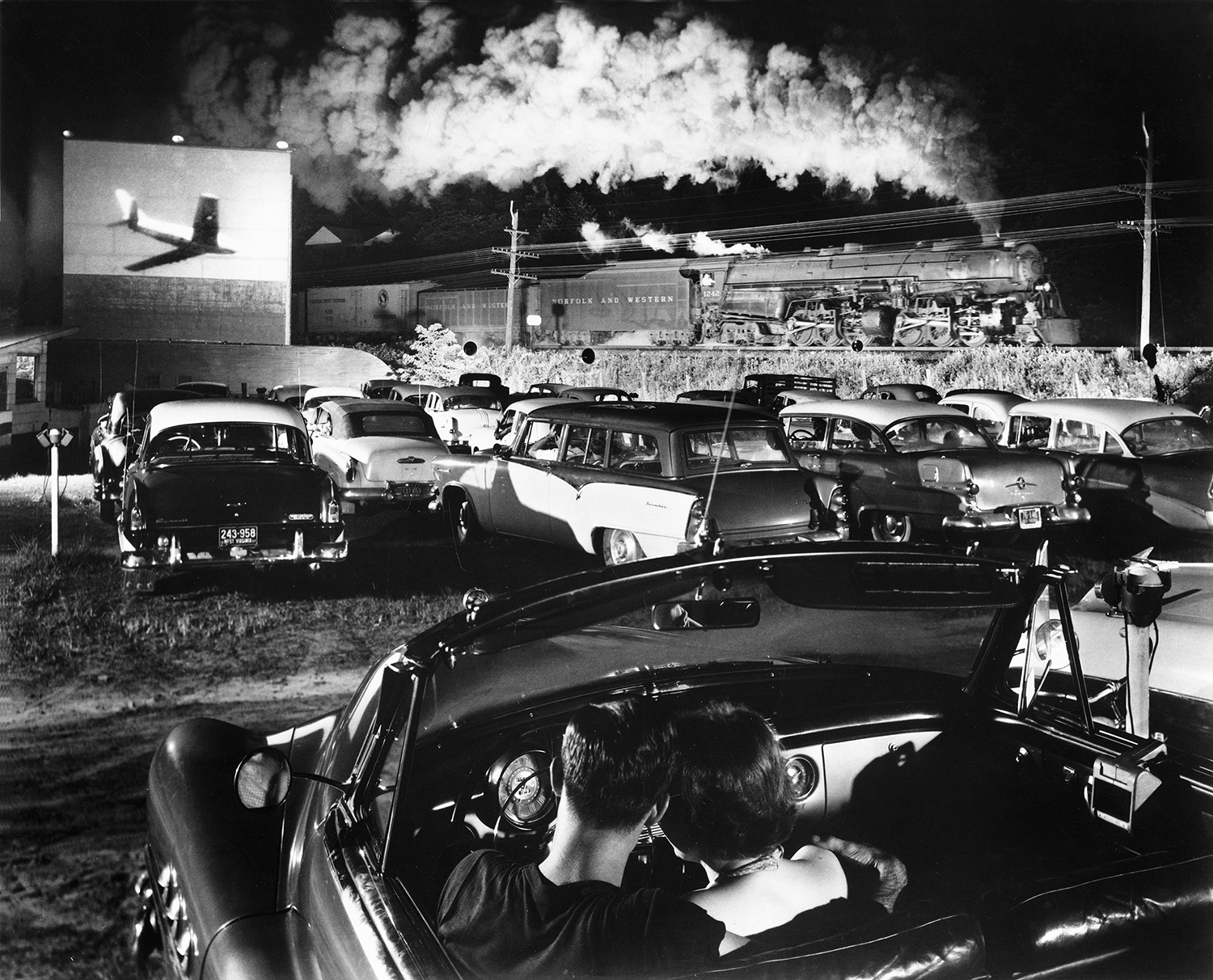
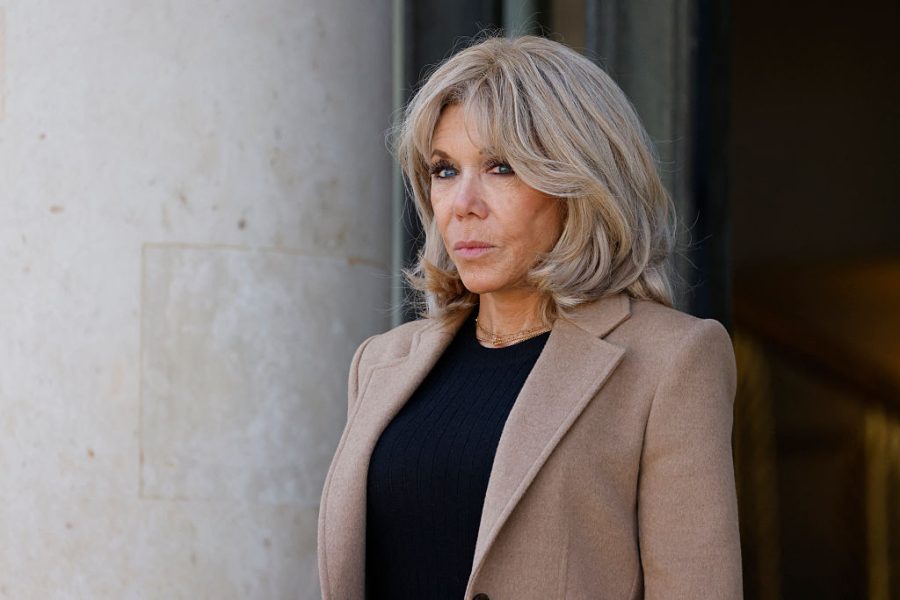



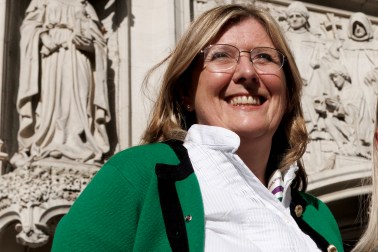
Comments